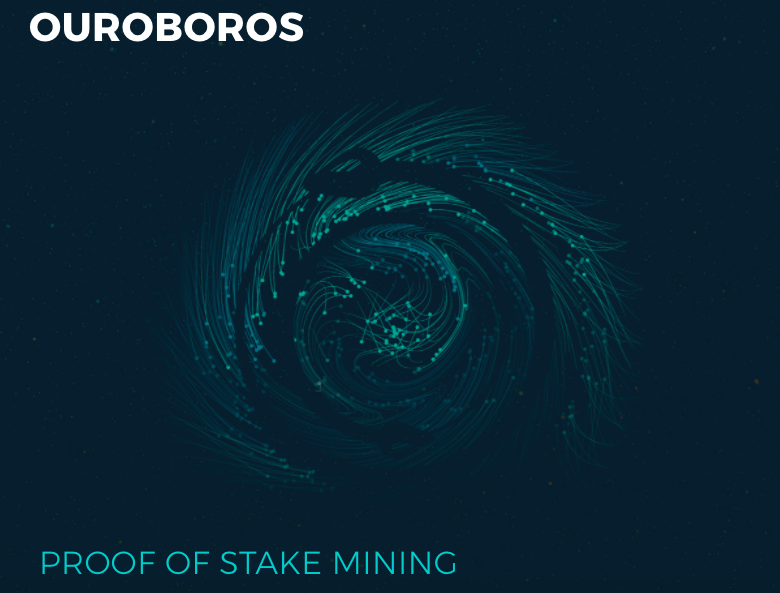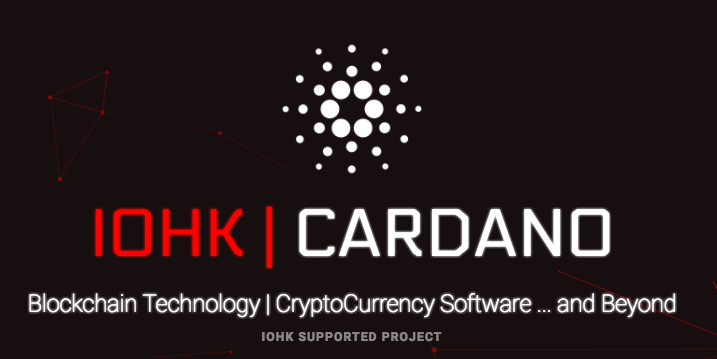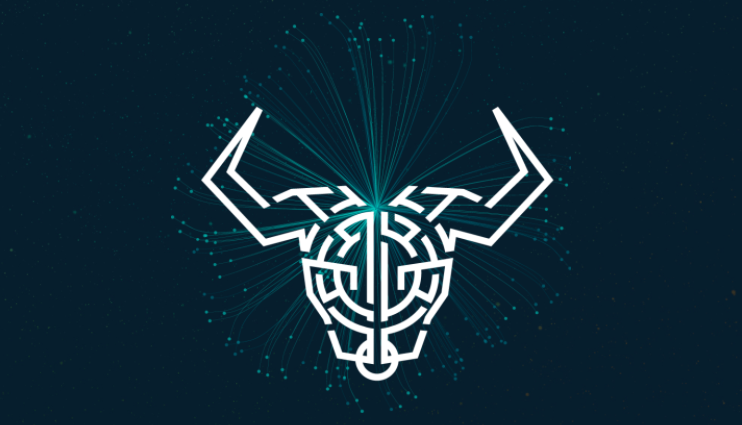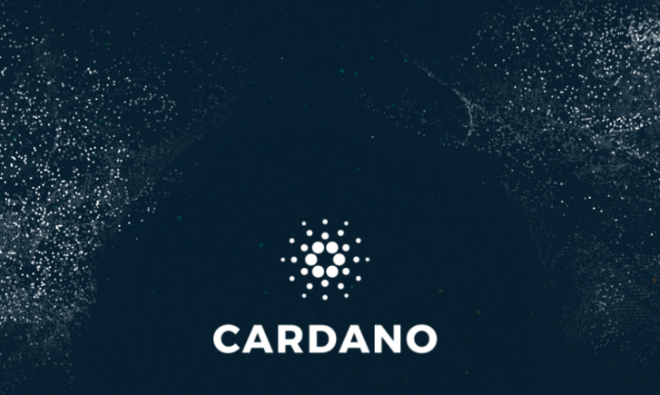Gerolamo Cardano was one of the most influential mathematicians of the Renaissance. So it’s quite fitting that the first blockchain platform to evolve out of a scientific philosophy and a research-first driven approach was named after him.
Cardano is a fully open source, decentralized public blockchain and cryptocurrency project. It’s the very first blockchain project to be built on peer-reviewed academic research.
This isn’t just some hyped up blockchain project that makes big promises without delivering. The pioneers behind Cardano consist of a large global collective of expert engineers and researchers, working on developing a smart contract platform that seeks to deliver more advanced features than anything previously developed.
What Does Cardano Do?
Cardano is home to the Ada cryptocurrency, which can be used to send and receive digital funds in a super secure way. But Cardano is so much more than just a cryptocurrency.
“The scientific rigor applied to mission-critical systems such as aerospace and banking has been brought to the field of cryptocurrencies, with a high assurance implementation. We believe this is the first time that this has been done,” states Cardano’s website.
The Cardano team has partnered with some of the world’s top universities, such as the University of Edinburgh and the Tokyo Institute of Technology, in order to ensure their platform was built on a foundation of peer-reviewed research.
Charles Hoskinson, former Ethereum CEO and now leader of Cardano, was sick and tired of seeing platforms that rushed to release poorly written whitepapers with bold claims that were discovered to be undeliverable only after they made lots of money off of excited investors.
Let’s do things like we’re proper academics. Let’s actually write proper whitepapers with domain experts, let’s go through peer review, let’s implement them, let’s iterate, let’s listen to people. And that’s really the first component of the Cardano project. How do we be good engineers dealing with high-assurance code, and at the same time, how do we be good researchers, and do things the way that academics have been doing things for a very long time.
– Charles Hoskinson (Source)
Cardano’s vision is to create a platform for decentralized applications and smart contracts that can be processed with a technique called formal verification. Most code is written informally and is mainly evaluated on whether it works or not. On the other hand, formally verified software can be tested with the same certainty as mathematicians prove theorems—and the code really does read like a mathematical proof.
The benefit is logical proof of the correctness of code and smart contracts, making them more highly secure and reliable than any other existing platform. Cardano manages to accomplish this because the underlying technology is written in the Haskell coding language, one of the most secure languages ever made.

Cardano uses a proof-of-stake consensus algorithm that they created themselves, called Ouroboros. Proof-of-stake systems are vastly more energy efficient and have much faster transaction rates than proof-of-work. While proof-of-stake has many benefits, unfortunately they’re incredibly difficult to develop in a secure manner. Most blockchain platforms, including Bitcoin and Ethereum, use proof-of-work algorithms.
But Cardano managed to solve this security problem…and they can prove it. Ouroboros comes with a mathematical proof of security that’s been rigorously peer reviewed, resulting in its acceptance and presentation at Crypto 2017, the leading cryptography conference.
Cardano will gradually grow to offer more and more features, including smart contracts, side chains, multi-party computation, and metadata. We can expect to see some of these features going live during the first half of 2018.
If you want to learn more and go super in depth into the details of how and why Cardano works, check out their Academic Papers page.
How Cardano Began and Where It’s Heading
Cardano has an interesting backstory.
Charles Hoskinson was an early founder and CEO of Ethereum before it launched. He worked with a colleague named Jeremy Wood who managed operations. The two of them ultimately left Ethereum and went on to team up once again, this time to create an engineering company named IOHK that builds cryptocurrencies and blockchains for academic institutions, government entities, and corporations.
A group of Japanese business people approached IOHK in 2015. They were interested in creating a blockchain that would function as a cryptocurrency and a smart contract platform, but not just any ordinary blockchain. They wanted to build one that was more secure and more reliable than any other blockchain in existence. IOHK was up to the challenge.

The group decided to focus their ICO in Asian markets, since the Western world was already so saturated with cryptocurrencies. The crowdsale ran from September 2015 to January 2017 and raised $62 million. Roughly 30 billion Ada vouchers were sold, with 45 billion being the maximum supply of Ada.
After almost 2 years of research and over a year of development with teams all over the world, Cardano was officially launched on September 29, 2017. It’s still in its bootstrap era, which they are calling the Byron phase. IOHK is currently working on stabilization and refinement, and making substantial improvements to core components.
The next phase, Shelley, will focus on ensuring that key elements are in place so that the technology grows into a fully decentralized and autonomous system. This is expected to take place in mid-2018.
After that, the Goguen phase will see the integration of smart contracts. Then onto the Basho phase, which will be centered around performance improvements. And finally, in the Voltaire phase, IOHK will add a treasury system and governance.
For complete details on Cardano’s development, check out their roadmap to stay up to date.
The Cardano Team
Cardano is made up of three companies who each have distinct roles within the project.
The first is IOHK, the technology and engineering company, led by former Ethereum CEO Charles Hoskinson. IOHK is contracted to design, build, and maintain the Cardano platform until 2020.
Then there’s Cardano Foundation, which is a Swiss non-profit organization and guardian of the Cardano ecosystem and community. They focus on working with governments and regulatory bodies, as well as forming strategic partnerships with enterprises and other open-source projects to further global adoption of the technology.
The third company is Emurgo, which was formed to integrate, develop, and support businesses who want to utilize Cardano’s decentralized blockchain.
Competitors and Challenges
Obviously Cardano has to compete with already hugely successful blockchain technologies such as Ethereum and Bitcoin, which are basically household names by now. Cardano is still relatively obscure to the public since they’re so new.
A big challenge is that building the kind of impeccable technology they are striving to create takes a very long time and a lot of effort from experts. It will be several years before all of the features the team plans on implementing are ready to launch.
How to Purchase and Store Ada
Currently, you can only obtain Ada through Bittrex; more partnerships will be announced over the coming weeks and months. Bittrex only offers a Bitcoin-to-Ada trading pair, but others should be added soon.

IOHK built the Daedalus wallet to store Ada. Daedalus will be developed over time to support more cryptocurrencies, with the goal of becoming a universal wallet.
Last Thoughts
Over the coming months and years, we can expect to see all sorts of shiny new cryptocurrencies and blockchains get hyped up and rush to open their ICO sales, gain millions of dollars from excited investors, and then ultimately fail to produce the products they promised. Some are sure to be successful, but developing new complex technology that works well is a hugely difficult task. The ones that rush and don’t conduct proper research are going to have a hard time obtaining their lofty goals.
Meanwhile, the experts behind Cardano will be slowly and steadily building the most advanced blockchain out there. If their passion for research and scientific rigor prove to be victorious, Cardano could end up being the turtle that beats the hare in the race for blockchain success.

